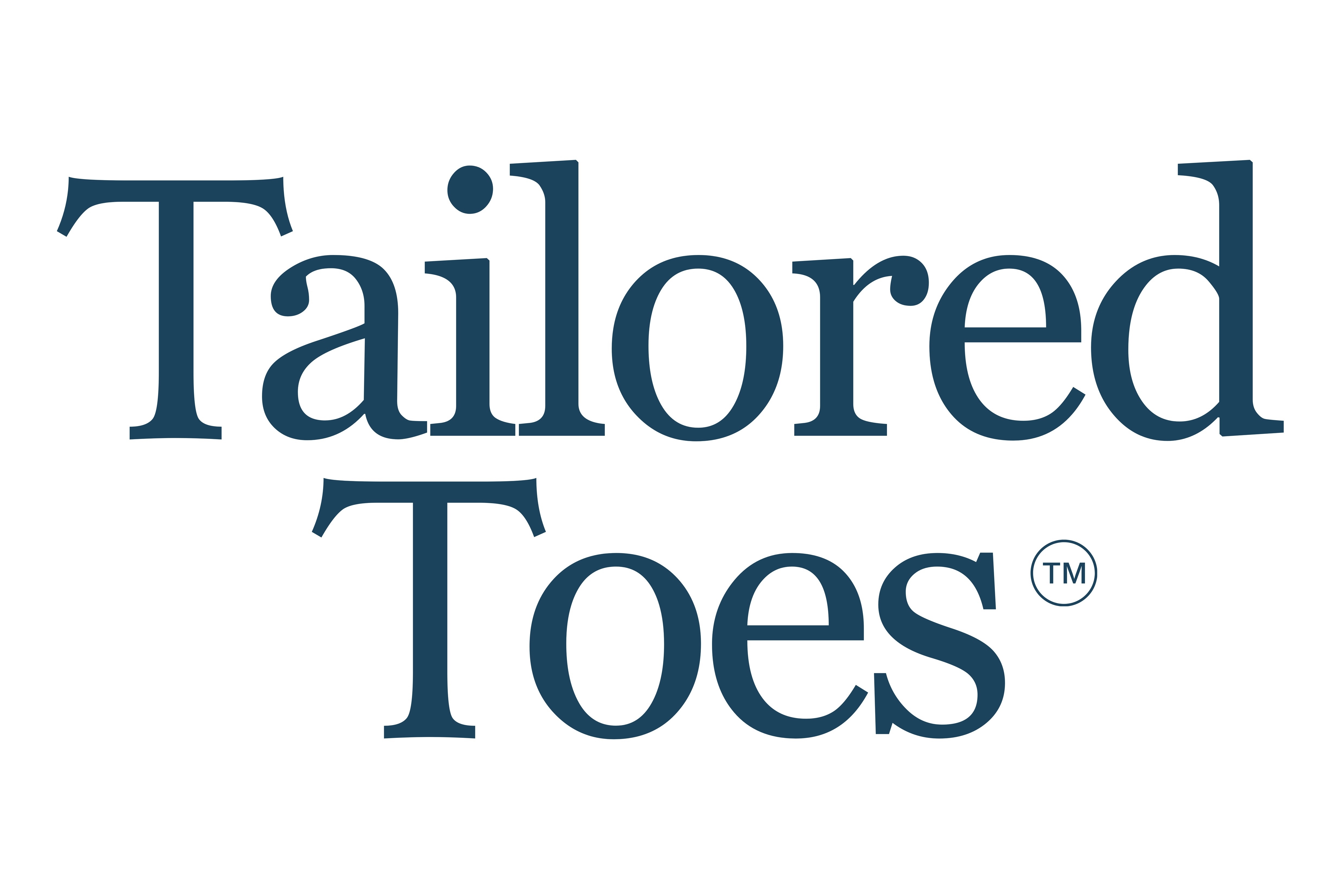The Science Behind Toe Spacers
Research-backed evidence supporting the benefits of toe spacers for foot health, alignment, and overall well-being
Understanding Toe Spacing
Modern footwear often compresses our toes together, leading to misalignment, weakened foot muscles, and various foot conditions. Toe spacers work by gently restoring natural toe alignment, allowing your feet to function as they were designed.
The research compiled below demonstrates the measurable benefits of proper toe alignment on foot health, balance, biomechanics, and injury prevention. These studies come from peer-reviewed journals and represent the growing body of evidence supporting conservative foot care interventions.
Research & Clinical Studies
This study examined the effects of toe spreaders on hallux valgus angle and balance in patients with bunions. Results showed significant improvement in toe alignment and postural stability after 8 weeks of regular use.
Key Findings:
- •Reduced hallux valgus angle by an average of 5.2 degrees
- •Improved single-leg balance performance
- •Decreased foot pain scores
Immediate Effects of Toe Spreading on Plantar Pressure Distribution
Research investigating how toe spreading affects pressure distribution across the foot. The study found that toe spacers helped redistribute pressure more evenly, reducing stress on problematic areas.
Key Findings:
- •More even pressure distribution across the forefoot
- •Reduced peak pressure under metatarsal heads
- •Improved toe splay and foot width
A comprehensive review of non-surgical treatments for bunions, including toe spacers, orthotics, and exercises. The review concluded that toe spacers can be effective as part of a comprehensive treatment approach.
Key Findings:
- •Toe spacers showed moderate effectiveness for mild to moderate cases
- •Best results when combined with strengthening exercises
- •No adverse effects reported in reviewed studies
Study examining the relationship between intrinsic foot muscle weakness and toe deformities. Found that interventions promoting natural toe splay (including toe spacers) helped strengthen foot muscles.
Key Findings:
- •Improved intrinsic foot muscle activation
- •Enhanced arch support from within
- •Better overall foot function scores
Effect of Toe Exercise and Toe Spreader on Hallux Valgus
Clinical trial comparing toe exercises alone versus toe exercises combined with toe spreader use. The combination group showed significantly better outcomes in reducing bunion severity.
Key Findings:
- •Combined intervention reduced hallux valgus angle more effectively
- •Improved range of motion in the big toe joint
- •Participants reported high satisfaction with combined approach
Research analyzing how foot structure affects walking mechanics. The study demonstrated that improved toe alignment leads to more efficient gait patterns and reduced compensatory movements.
Key Findings:
- •Better toe alignment improved push-off mechanics
- •Reduced compensatory hip and knee movements
- •More efficient energy transfer during walking
Investigation into the relationship between toe function and plantar fasciitis. Found that proper toe alignment and spacing can help reduce strain on the plantar fascia.
Key Findings:
- •Improved toe splay reduced plantar fascia tension
- •Better load distribution across the foot
- •Reduced morning foot pain in participants
Long-term Effects of Toe Separator Use in Athletes
Longitudinal study following athletes using toe spacers for recovery. Results showed improved foot health, reduced injury rates, and faster recovery from foot fatigue.
Key Findings:
- •23% reduction in foot-related injuries over one year
- •Improved proprioception and balance
- •Enhanced recovery after training sessions
Important Note
While these studies demonstrate the potential benefits of toe spacers, individual results may vary. Toe spacers are not a substitute for professional medical advice, diagnosis, or treatment. If you have foot pain or a medical condition, please consult with a healthcare provider or podiatrist before using toe spacers.
